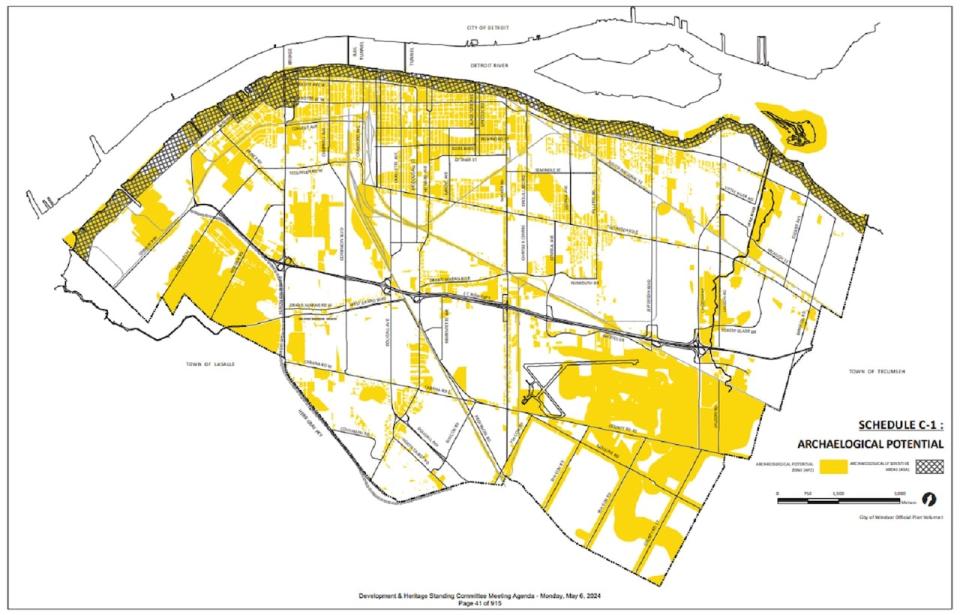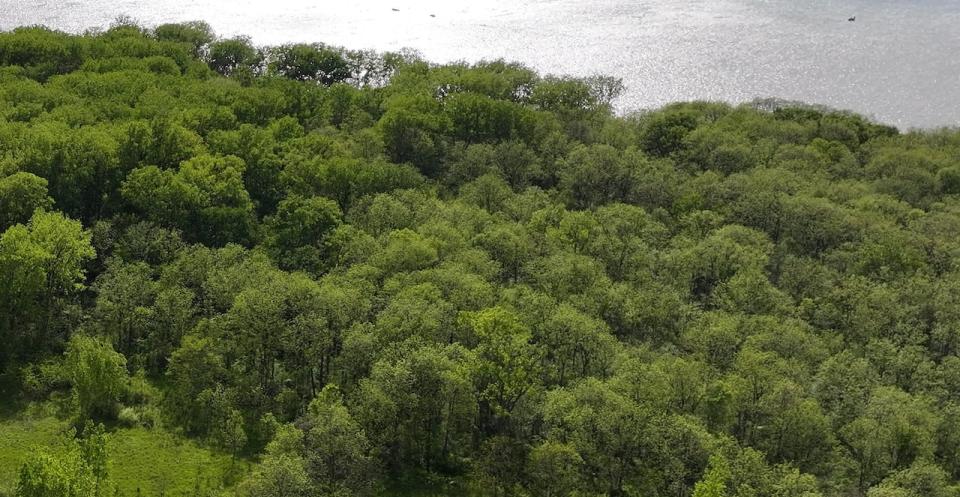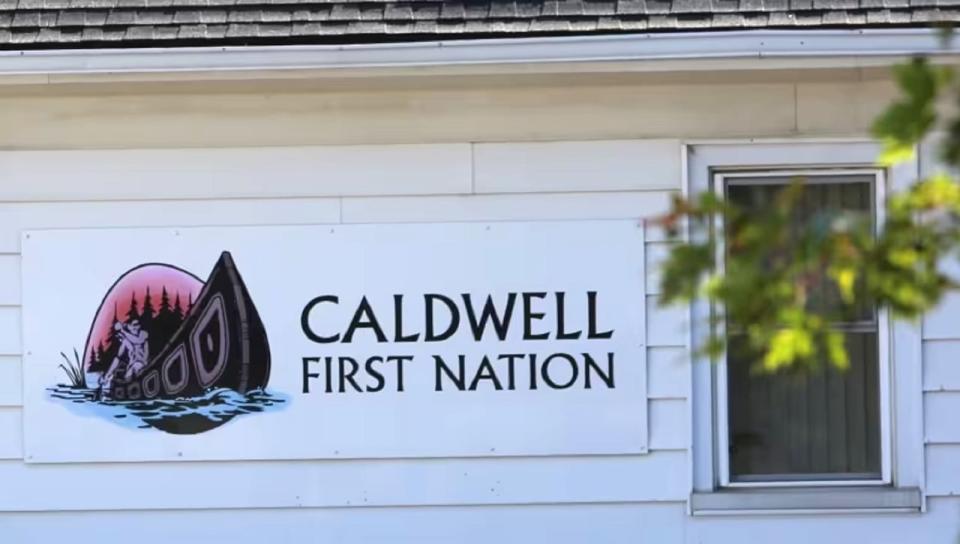Windsor's archaeological management plan is missing sites of potential value, says Caldwell First Nation
After consultations with more than a dozen Indigenous communities, the City of Windsor is updating its Archaeological Management Plan —which includes an inventory of sites of potential significance.
But representatives of Caldwell First Nation say the revised plan is still missing some locations that could hold deep importance to their pre-colonial culture and history.
"The consequences of moving forward with (the plan) as it's currently written could place valuable archaeological materials at risk," argued Natalya Garrod, a planning consultant retained by Caldwell First Nation, before the city's Standing Committee on Development and Heritage on Monday.
According to Garrod, there are locations across the municipality — not currently recognized by the City of Windsor in any official document — that are known to have been used by Caldwell members for "traditional harvesting rites, ancient burial mounds, trading posts, birthing places, Indigenous slave houses, ceremonial sites and much more."

Lands around local waterways are particularly under-recognized for their archaeological potential, Garrod said. "Sites are being considered in isolation of one another. When First Nations landed on certain places, they did not stop at certain property lines."
"There were no property lines at that time, and mapping did not recognize the interconnectedness of such sites — such as along Turkey Creek."

There are sections along the riverfront near the proposed Ojibway National Urban Park that are excluded from the plan, Garrod said. "Yet it is known that (First) Nations travelled along the waterways, and that archaeological potential sites stretch for the entirety of the shoreline — not just certain areas of the shoreline."
Zack Hamm — an archaeologist and Caldwell First Nation's manager of environment and consultation — said the potential importance of some sites has only emerged over the past two years, and there could be more in the future.
"Right now, there's no process to deal with that," Hamm told the committee.
Part of the issue, Hamm said, is the cost involved in investigating such sites. Ongoing consultations are expensive, and Caldwell First Nation has limited resources.
"This requires very specialized professionals to interpret ground-penetrating radar scans," Hamm noted. "It also requires very specialized machinery."
Garrod said that ground-penetrating radar scans for a single site can cost upwards of $50,000 — which is equivalent to the entire amount the city allocates annually to update the Archaeological Management Plan.
Committee member and Ward 1 Coun. Fred Francis said that Monday's meeting was the first time he'd heard of such concerns from Caldwell First Nation. "I'm interested to hear more," he said.

The committee approved the revised Archaeological Management Plan, on Francis's motion, with the amendment that city administration meet with Caldwell First Nation representatives and provide a report when the plan goes before city council later this summer.
Michael Cooke, the city's manager of planning policy, welcomed the motion, but cautioned that some of the site-specific information discussed with Caldwell First Nation won't be disclosed in the supplementary report.
"That's part of wanting to make sure that there's not vandalism or anything that's disrespectful," Cooke told the committee. "That's in keeping with what Caldwell would wish us to do as well."
Ward 10 Coun. Jim Morrison, who chairs the committee, said the Archaeological Management Plan is a "living document."
"It's not like this is the end of consultation," Morrison said. "Two years from now, it wouldn't be the end of consultation."


